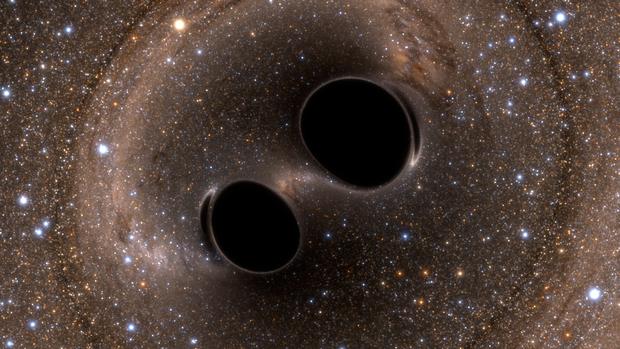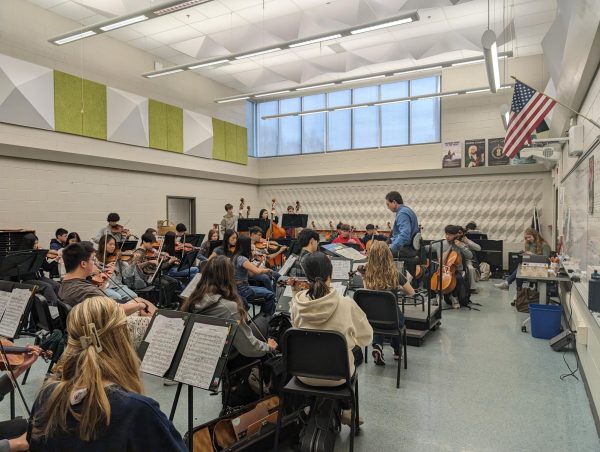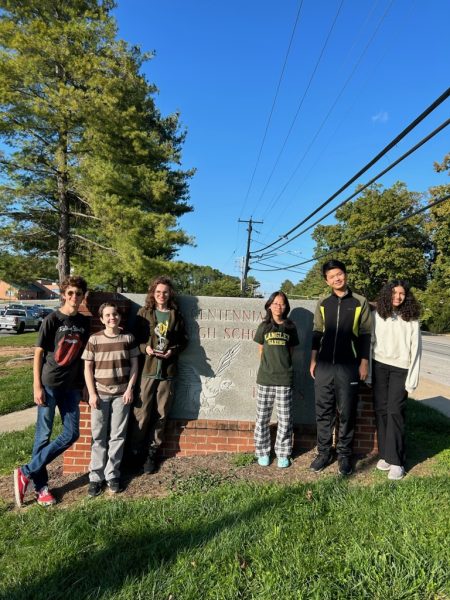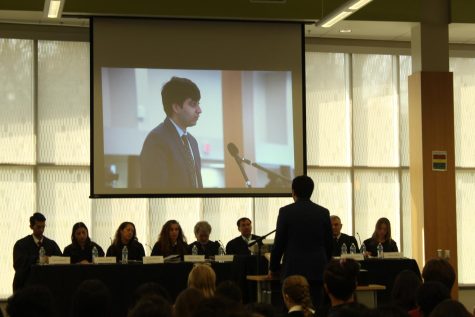Gravitational Waves Discovered to Confirm Einstein’s Theory
LIGO Opens New Window on the Universe with Observation of Gravitational Waves from Colliding Black Holes
About a hundred years ago, Einstein predicted the existence of gravitational waves, but until now, they were undetectable. Photo from Caltech.
For the first time, a team of physicists working at Caltech and MIT announced on Thursday that they have heard and recorded the sound of two black holes colliding a billion light-years away to fulfill the last prophecy of Albert Einstein’s 1915 theory of general relativity. This sound is the first direct evidence of gravitational waves, ripples in the fabric of space-time created by the movement of mass (click here to listen). Gravitational waves carry information about their dramatic origins and about the nature of gravity that cannot otherwise be obtained. Physicists concluded that the detected gravitational waves were produced during the final fraction of a second of the merger of two black holes to produce a single, massive spinning black hole. This collision of two black holes has never been observed. By analyzing the information contained in gravitational waves, scientists can now open up an entirely new view of the cosmos, potentially shedding new light on the very earliest moments of the universe, as well as the creation and growth of black holes.
The gravitational waves were detected on September 14, 2015 at 5:51 a.m. by both of the twin Laser Interferometer Gravitational-wave Observatory (LIGO) detectors, located in Livingston, Louisiana, and Hanford, Washington, USA. Funded by the National Science Foundation (NSF), the LIGO Observatories are operated by Caltech and MIT. Their discovery allows LIGO scientists to estimate that the black holes were about 29 and 36 times the mass of the sun, and the event took place 1.3 billion years ago. About 3 times the mass of the sun was converted into gravitational waves in just a fraction of a second.

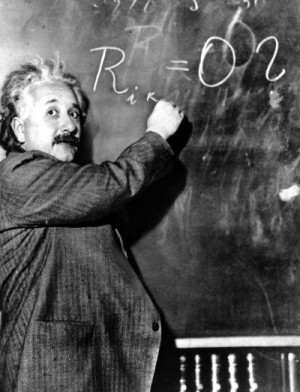
According to Einstein’s theory on general relativity, a pair of black holes orbiting around each other lose energy through the emission of gravitational waves, causing them to slowly approach each other over billions of years, and then rapidly in the final minutes. During the final fraction of a second, the two black holes collide into each other at nearly one-half the speed of light and form a single, more massive black hole, converting a part of the combined black holes’ mass to energy, as shown in Einstein’s formula E=mc2. This energy is finally emitted as a strong burst of gravitational waves.
This breakthrough in modern science means that scientists have finally tapped into the deepest part of physical reality. Astronomers now know that pairs of black holes do exist in the universe, and are looking into how they got so big.
As Mark Zuckerburg, founder and CEO of Facebook, explains, “It’s inspiring to think about all the lives and effort, generation after generation, that have gone into uncovering this insight about our universe.” Today’s breakthrough relied on the talent of brilliant scientists and engineers from all around the world. Einstein would be proud of everyone who helped make this happen.

